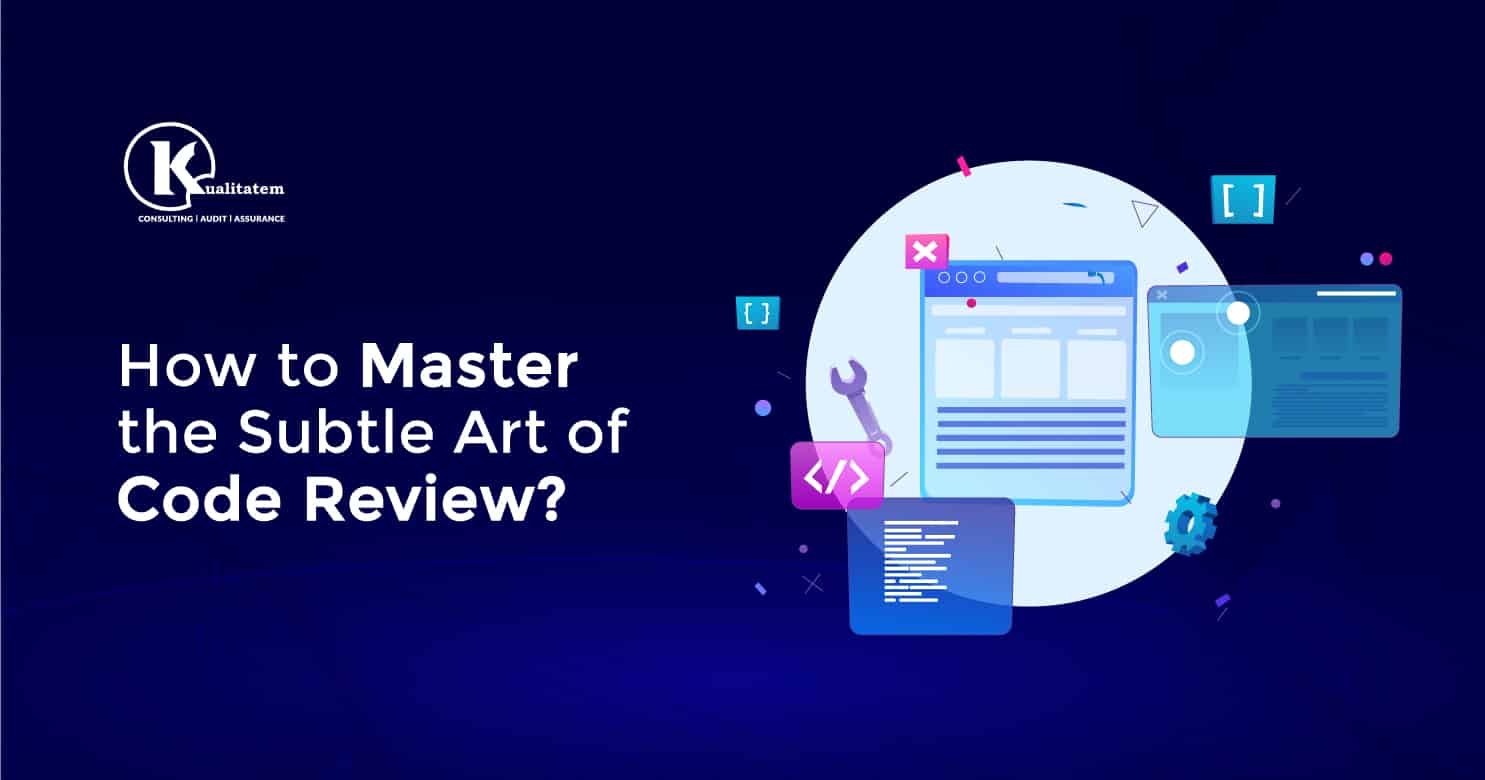How to Master the Subtle Art of Code Review

- January 8, 2021
- HibaSulaiman
Anyone with some experience in software development may know that if coding is one of the main ingredients of your software product, then code reviews work as the quality assurance of these ingredients. Every developer should master this art of reviewing code in his career.
What is a Code Review?
In today’s fast-evolving tech world, there is a rapid change in software engineering. So it makes companies more and more cautious of shipping products with innumerable features as fast as possible. Amidst all the chaos, these reviews often get neglected due to consuming more time. Teams find it challenging to strike the right balance between the right way and the fastest way to do them. Thus they remain in constant efforts to hire code review services to match their goals and objectives.
Code review is a software quality assurance activity that involves one or more people that check an application, mainly by reviewing parts of its source code. These reviewers must not be the code’s author. Simply put, if a developer writes a code, then it should be reviewed by another developer for quality check. A good reviewer knows all the things to look for during a code review.
Define a Good Code Review?
A good code review looks at the change in code and how it fits into the codebase. It focuses on the ‘why’ of change. In this article, we shall discuss those areas needed to be a part of the code review checklist.
How to Excel at Reviewing Code?
Teams that are well-prepared to perform code reviews know how to divide their time between coding and reviewing their peer’s code. However, a few tips can help them go a long way in achieving their desired results. It also improves the bonding between the teammates as they spend time reviewing each other’s code quality.
Naming Conventions and Style
One of the pre-requisites is to check before performing an in-depth code review. In software development, a ‘naming convention’ is a set of rules for choosing the character sequence to be used for reviewers that denote variables, types, functions, and other factors in source and documentation.
The newly added code should follow a proper naming convention that aligns with the original codebase. Whether it is the Camel case, or Pascal case, or any other convention that is used in the application, it should be named properly. Another quick check is to look for proper formatting of the code with spacing and indentation wherever required. There are a number of code analysis tools available that help in the coding styles, code reviewers may pick any of them to assist them in their review process efficiently.
Focus on Functionality and Compatibility
Another important step during a code review is to understand the problem before reviewing it, in order to have a better understanding of the new changes. It is important to consider two areas here:
- The functionality of newly added code
- If it is compatible with the existing codebase.
A code reviewer has to think like both a developer and tester while understanding the functionality. He should try to test the new code for two flows. One of them should be as a positive scenario and the other as a negative, in order to check the robustness of the code. In addition, the code should not break the existing functionality of the application. It should properly integrate with the system. So if the logic is added as a part of existing functionality, then it should be able to test the whole functionality by running it once.
Code Coverage
Typically, developers write unit test cases for their code. In most projects, there is a required code coverage before committing the changes. A reviewer should run the test cases to see if the coverage is as per the guidelines of the project. It is one of the best ways to eliminate the unnecessary piece of code. In code reviews, reviewers should ensure that the tests are correct, sensible, and useful. Make sure you remember that tests also code that need to be maintained. Both the positive and negative test cases are required to test a piece of code before passing it to the QA team.
Complexity
A reviewer should look at every line of code that they have been assigned to review. Obviously, some lines of code require more scrutiny than other lines of code. That is a judgment call that a code reviewer has to make, but they should at least be sure that they understand what the code is doing. If it is a little difficult to understand there is a simple way to do that, then the reviewer can discuss the same with the code’s author. It would be helpful if the reviewer tries to explain why it would be better in a different way. The code should not be more complex than needed.
Comments and Description
There is no hard and fast rule for submitting comments. It may vary as per the developer’s point of view. A reviewer should ensure that comments are clear and useful. It explains ‘why’ instead of ‘what’ in the code. The entire purpose of adding comments is to share with other developers as to why they have done the changes in the code.
Conclusion
Code reviews are one of the best ways to improve code and software quality. Code reviewers can also improve their skills, mentor others, and learn how to be a more efficient communicator. It also helps the developers to understand their thought processes and the way their teammates work. We understand it is a crucial process for the overall improvement of any software developer. By considering all these things as a part of the code review checklist, a code reviewer can improve code reviews and the overall software quality.











